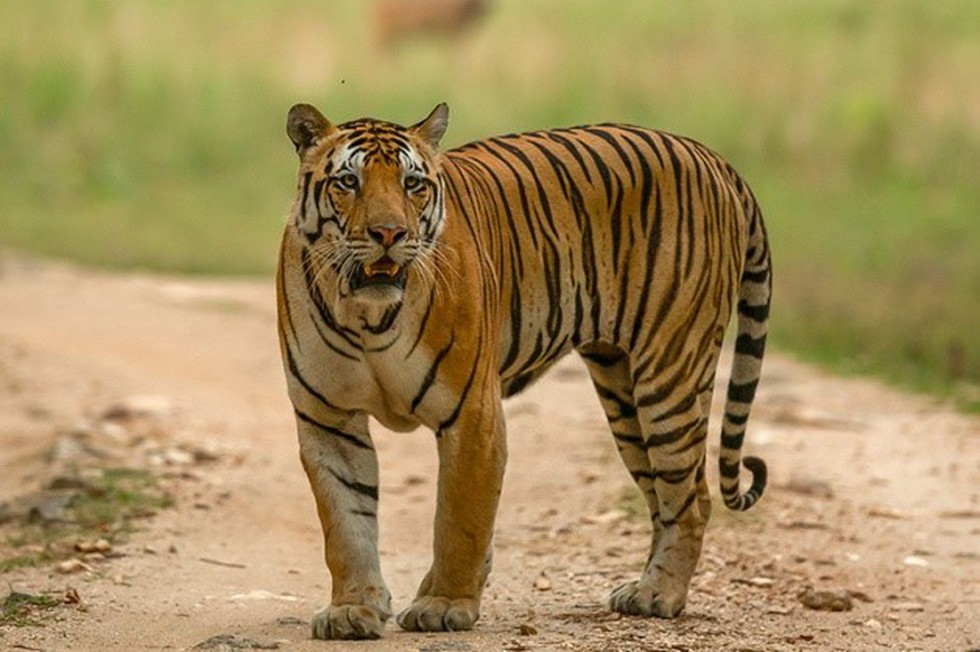About National Tiger Conservation Authority (NTCA):
- It is a statutory body under the Ministry of Environment, Forest, and Climate Change (MoEFCC).
- It was established in 2006 under Wildlife (Protection) Act 1972.
- Objectives:
- Providing statutory authority to Project Tiger so that compliance of its directives becomes legal.
- Fostering accountability of Center-State in management of Tiger Reserves by providing a basis for MoU with States within the federal structure.
- Providing for an oversight by Parliament.
- Addressing livelihood interests of local people in areas surrounding Tiger Reserves.
- NTCA Composition:
- Minister in charge of MoEFCC (as Chairperson),
- Minister of State in MoEFCC (as Vice-Chairperson),
- three members of Parliament, the Secretary (MoEFCC), and other members.
Key facts about Ranthambore Tiger Reserve (RTR):
- Location:
- It is located in Rajasthan.
- It is located at the junction of the Aravali and Vindhya hill ranges.
- Its flagship species is Panthera Tigris Tigris- the Indian or the Bengal tiger.
- Rivers: The Rivers Chambal in the South and the Banas River in the North bound the tiger reserve.
- Ranthambore Fort, World Heritage Site, is located within RTR.
- Landscape: It alternates between a dry deciduous jungle and an open grassy meadow dotted by numerous lakes and rivers.
- Vegetation: Dry-deciduous forest.
- Flora:
- The most dominant plant is the 'Dhok'. This tropical tree constitutes more than three-fourths of the vegetation of this national forest.
- Apart from the Dhok tree, the other prime trees of this park are Banyan (Ficus bengalensis), Pipal (Ficus religiosa) and Neem (Azadirachta indiaca).
- Fauna:
- Apart from tigers, the major wild animals include Leopard, Nilgai, Wild boar, Sambar, Hyena, Sloth bear and Chital.
